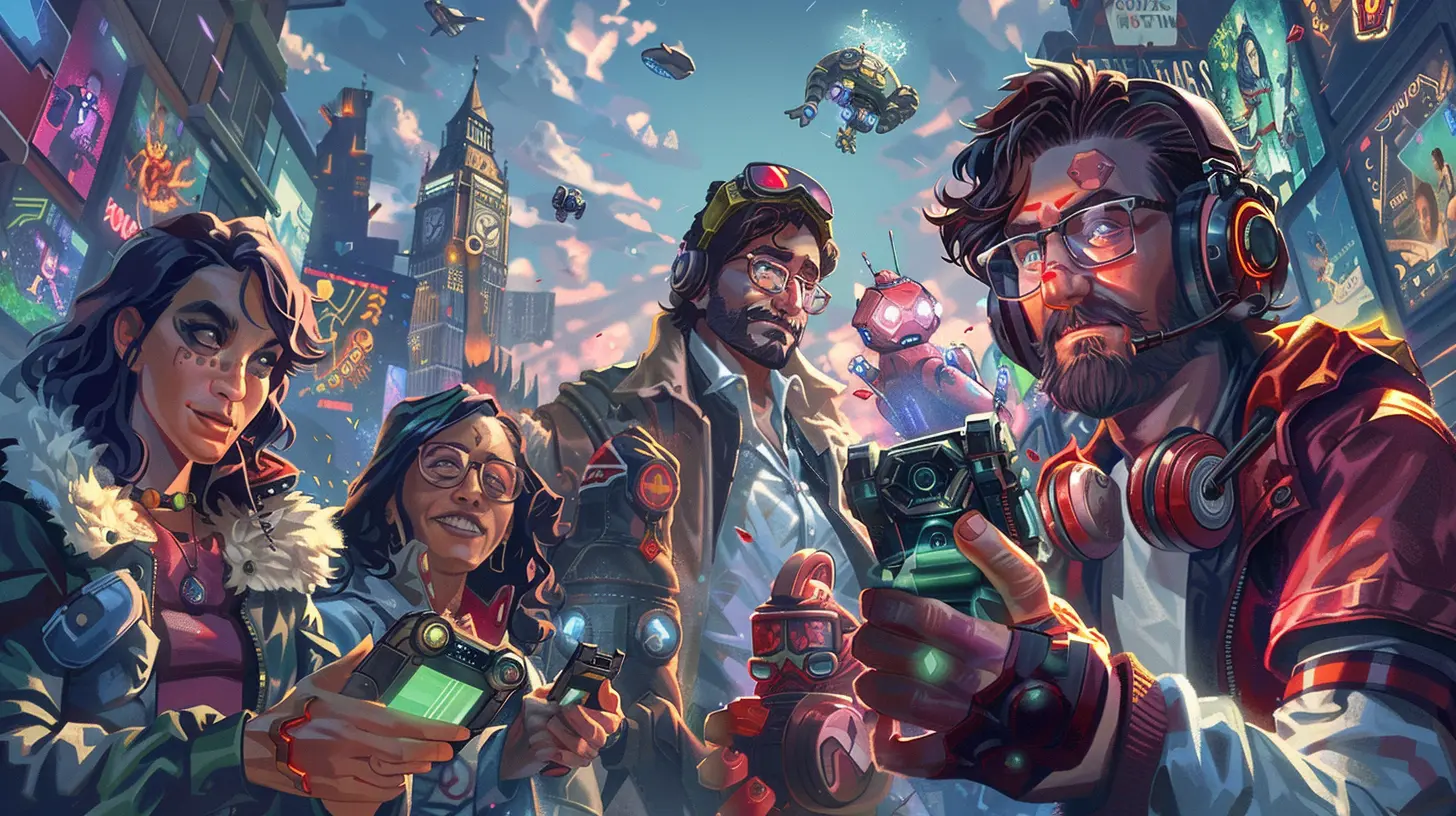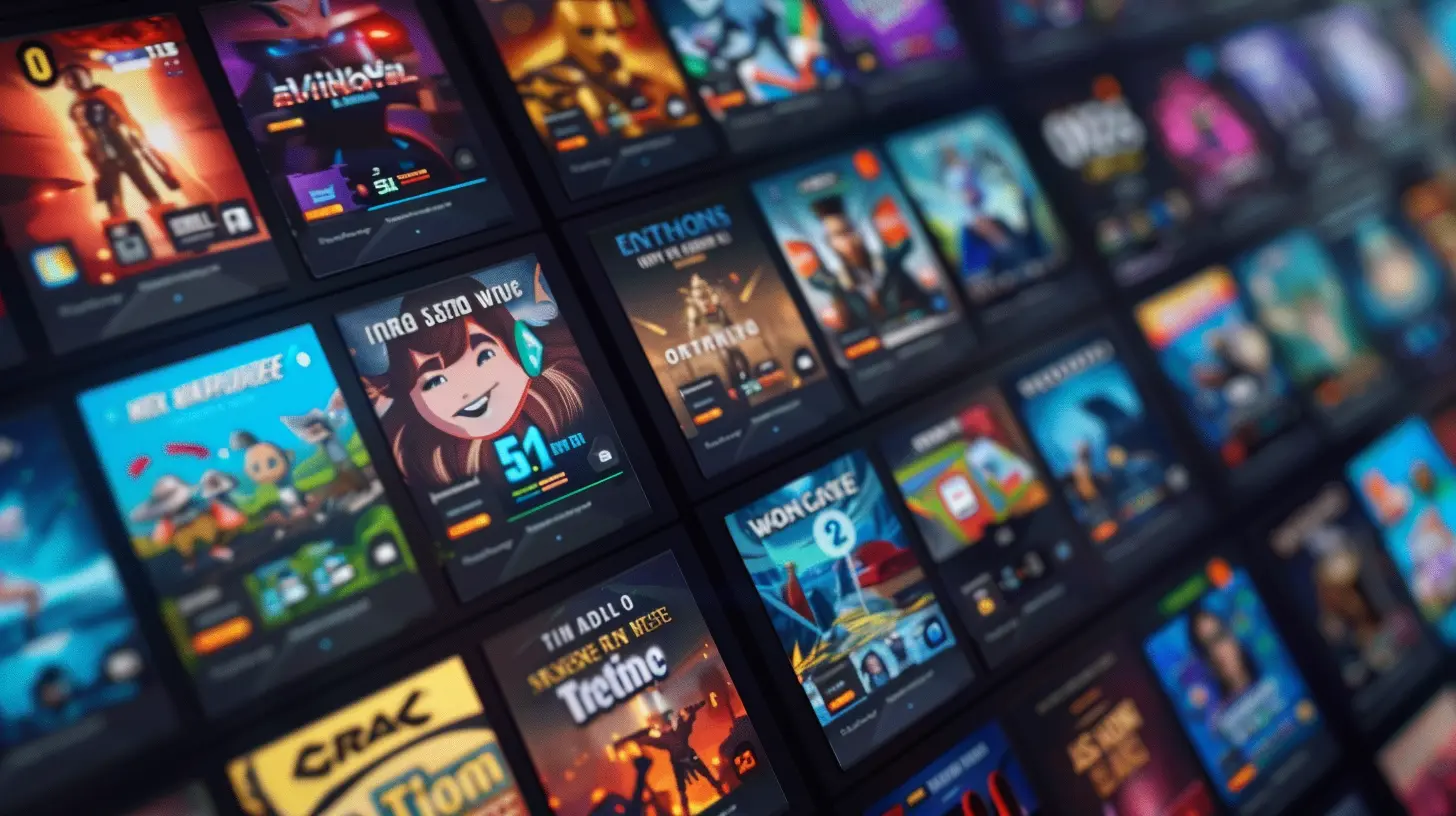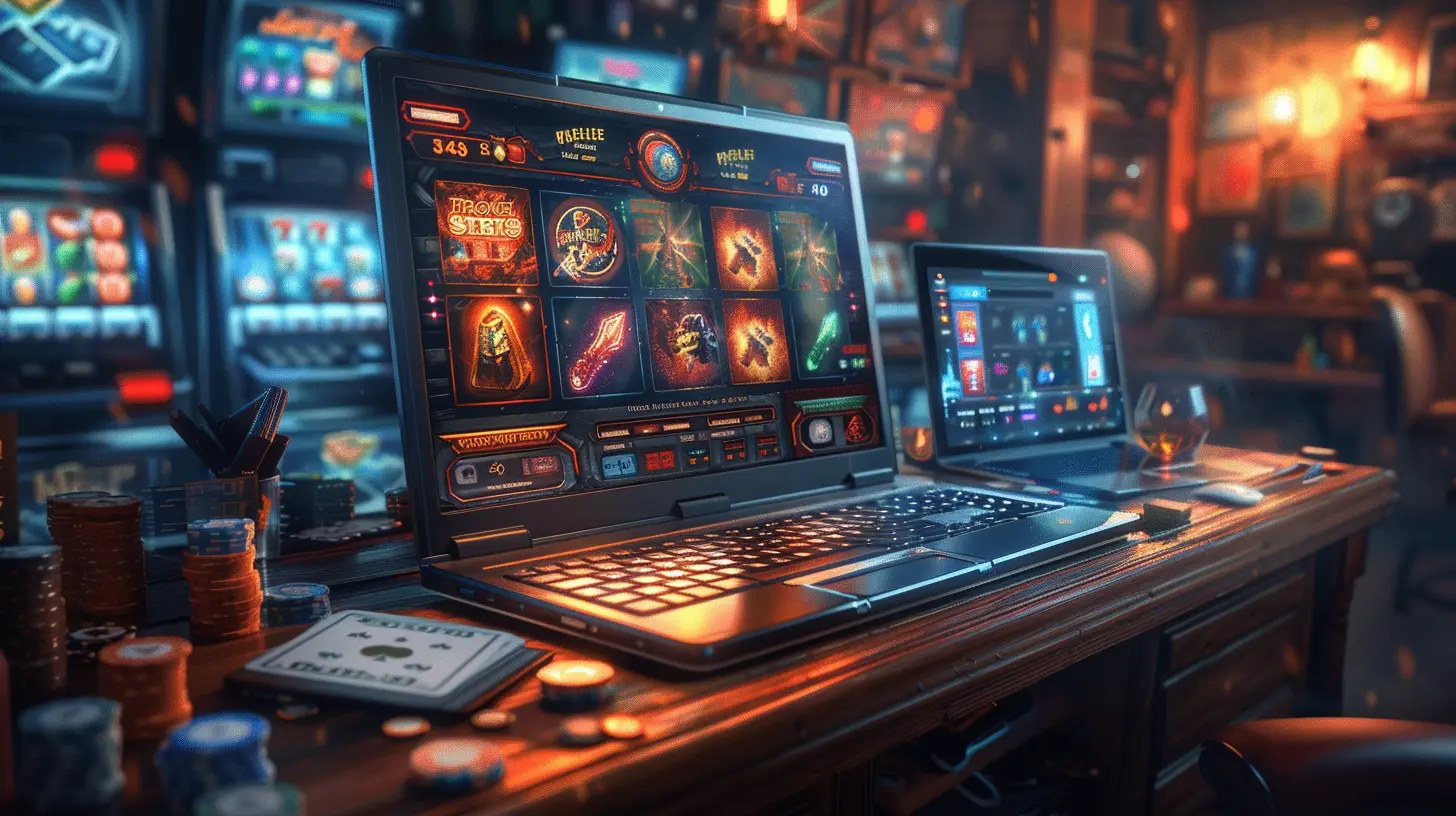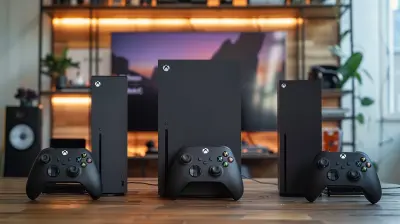Why ‘Free’ Games Often Cost More Than You Think
30 July 2025
Chances are, you’ve seen a flashy mobile game ad or stumbled on a free game on your PC or console and thought, “Hey, what’s the harm? It’s free!” And so, without a second thought, you hit download. No upfront payment, no strings attached... or so it seems.
But here's the twist—many so-called "free" games end up costing you far more than you ever expected. Not just in money, but also in time, energy, and sometimes even your privacy. The truth is, free games aren’t really free. Let’s break it down and uncover what’s beneath the surface of those enticing zero-dollar price tags.
The Illusion of “Free”
At first glance, a free game feels like a gift. You didn’t spend a cent, so what’s the harm? But ever heard the phrase, “If you’re not paying for the product, you are the product”? That idea fits perfectly into the gaming world. Game developers and publishers are still businesses, and they have to make money somehow. Offering a game for free is just step one in the strategy to get you hooked—and then monetize your time, attention, and sometimes, your frustration.
Microtransactions: Death by a Thousand Cuts
One of the biggest culprits behind the hidden cost of free games? Microtransactions. These are those tiny (and sometimes not-so-tiny) purchases inside the game. Maybe you’re buying in-game currency, skins, weapons, or energy needed to keep playing.A Dollar Here, Five Dollars There…
On their own, microtransactions don’t seem like a big deal. What’s a buck for a cool skin, right? But that mindset adds up fast. Before you know it, you’ve spent $50 or more on a game you never paid to download.Some players have spent hundreds—if not thousands—on loot boxes, rare items, or premium passes. It's like going to a free buffet and ending up with a $200 charge for drinks and desserts.
Pay-to-Win Mechanics
And let’s be honest—some games practically force you into spending. Ever reached a level that feels impossible without upgrading your character or equipment? That’s not bad design, that’s intentional. Pay-to-win mechanics create an unbalanced experience where players who spend money always have the upper hand.
Time – The Invisible Cost
We often think of payments in dollars, but what about time? Free games are experts at demanding it. The game structure is usually designed to keep you coming back again and again, sometimes for hours at a stretch.The Daily Grind
Many free-to-play games rely on mechanics like daily quests, login rewards, and limited-time events to get you hooked. You’re encouraged to log in every single day, or else you miss out on rewards. At first, it's harmless. Then suddenly, it feels like a second job.Endless Loops and Dopamine Hits
These games often tap into basic psychological triggers. They give you little dopamine hits every time you win, level up, or unlock a new item. It’s similar to how casino slot machines work—keep you spinning, swiping, or tapping for just one more shot at a shiny prize.
Ads, Ads Everywhere
If a free game doesn’t rely on microtransactions, you can bet it’s drowning in ads. Watching a 30-second ad to unlock a bonus might not sound bad at first, but when you’re doing that 10-15 times an hour... it wears on you.The Hidden Price of “Free Rewards”
These ads serve two purposes: they make money for the game developers, and they keep you engaged within the game ecosystem. You think you're just watching a quick ad to earn extra coins, but in reality, you’re selling your attention and data.Privacy Concerns
And let’s not forget about data. Many free games track your in-game habits, location, and even behavior in other apps. That data is incredibly valuable, and it's often shared with advertisers or third-party companies without you even realizing it.FOMO and the Pressure to Spend
Ever feel like you have to buy a limited-time offer because it’s going away soon? That’s FOMO (Fear of Missing Out) at work. Free games love to use FOMO strategies to nudge you into making that first purchase.Limited-Time Skins and Events
Seasonal events, one-time offers, and exclusive gear are designed to create urgency. You don’t want to miss out, right? And once you buy one thing, it's easier to justify the next.Social Pressure
In multiplayer games, it’s even more intense. Your friends might have all the latest gear or premium content, and you’re stuck with the default stuff. Nobody wants to feel like the odd one out. That’s social pressure, and it’s surprisingly effective in getting players to open their wallets.Subscription Models Sneaking In
Here’s another trend: free games adding optional subscriptions. These offer extra perks like exclusive items, XP boosts, and ad-free experiences—for a monthly fee, of course. It’s a smart business move for developers, but it’s one more way your “free” game isn’t so free anymore.Battle Passes and Premium Memberships
Games like Fortnite or Call of Duty: Mobile offer battle passes that reward you the more you play. But to unlock the real goodies, you have to pay. It’s not mandatory, but again—the FOMO is real.Opportunity Cost – What Are You Missing?
Time spent grinding in a free game is time lost elsewhere. That’s time you could’ve used learning a skill, reading a good book, or heck, playing a premium game with no ads or microtransactions at all.Ask yourself: is this game actually making you happy? Or are you just stuck in a loop because it's engineered to be addictive?
The Alternative: Paying Upfront
Now, I’m not saying free games are evil (I play them too), but it’s worth considering the alternative: games you pay for upfront. These usually offer:- A complete, balanced experience
- No ads or manipulative mechanics
- A clearer understanding of what you’re getting
Sometimes, paying $20–$60 once for a quality title might actually save you money and frustration in the long run.
How to Stay Smart with Free Games
Let’s be real: you're not going to stop playing free games entirely. They’re fun, easy to access, and sometimes, genuinely great! But if you want to avoid unnecessary costs—both financial and emotional—keep these tips in mind:Set a Budget
Decide how much you're willing to spend on a game each month and stick to it. Even better, disable in-app purchases unless absolutely necessary.Take Breaks
If you notice a game taking up too much of your day, take a break. Even a few days off can help reset your habits.Read Reviews Before Downloading
Other players often mention whether a game is heavy on ads or pay-to-win tactics. A quick scan through reviews can save you some major annoyance later.Be Aware of Emotional Spending
Don’t let frustration, boredom, or FOMO push you into buying something you don’t really want. Step away, breathe, and come back with a clear head.Final Thoughts: “Free” Has a Price Tag
The world of free-to-play games is a mixed bag. On one hand, they open gaming up to millions of people. On the other hand, they often trap players in cycles of spending and time investment masked by glittery rewards.Next time you're tempted by a game that claims to cost nothing, ask yourself this: What's the real price I'm going to pay?
Chances are, it's more than zero.
all images in this post were generated using AI tools
Category:
In Game PurchasesAuthor:

Madeleine McCaffrey
Discussion
rate this article
2 comments
Beatrix Snyder
Free games are like free samples at the grocery store: you think you're saving money until you realize you've spent your entire paycheck on snacks!
November 14, 2025 at 4:39 AM

Madeleine McCaffrey
That's a clever analogy! Free games can indeed lead to unexpected expenses, much like those tempting grocery samples.
Mackenzie Soto
Great insights! Free games can be surprisingly costly choices.
July 30, 2025 at 3:19 PM

Madeleine McCaffrey
Thank you! It’s true—while the game itself may be free, the hidden costs can add up quickly.


